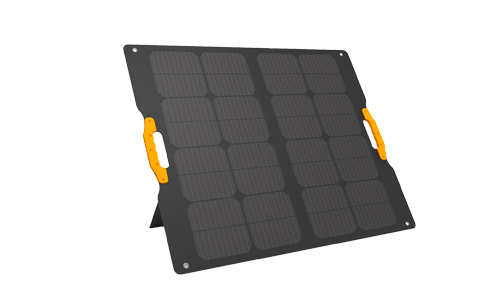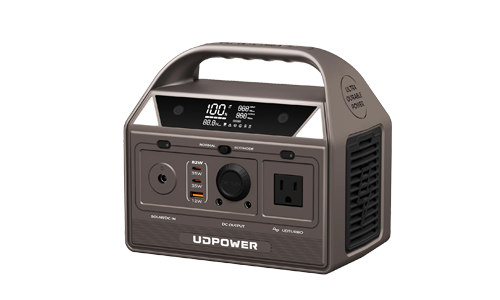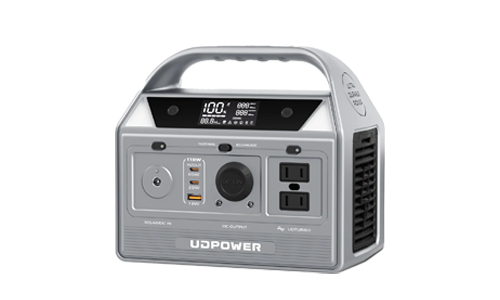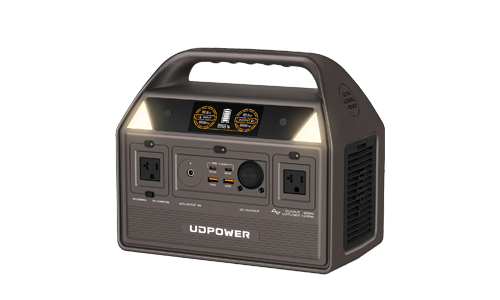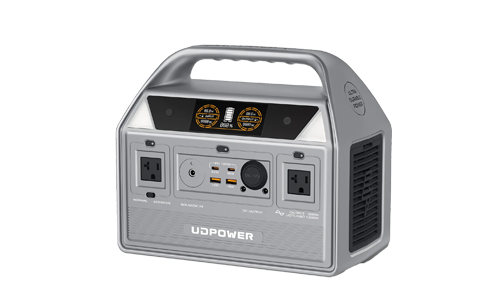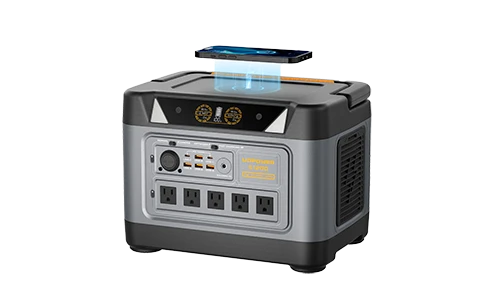Ultimate Guide to Milliamps to Amps (mA to A) Conversion
William ZacharyTable of Contents
What is Milliamps to Amps (mA to A)?
Milliamps (mA) to Amps (A) conversion is the process of converting smaller units of electric current, milliampere (mA), into the larger unit of amperes (A). One ampere is equal to 1000 milliamps, so converting between these units is a simple matter of scaling the value up or down depending on whether you are going from mA to A or vice versa.
How to Convert mA to A
To convert milliamps (mA) to amperes (A), you can use the following formula:
1 Ampere (A) = 1000 Milliamps (mA)
Thus, to convert mA to A, divide the number of milliamps by 1000.
Conversion Formula
The formula for converting milliamps (mA) to amperes (A) is:
A = mA ÷ 1000
Examples:
-
Convert 500 mA to A:
500 mA ÷ 1000 = 0.5 A -
Convert 2000 mA to A:
2000 mA ÷ 1000 = 2 A -
Convert 50 mA to A:
50 mA ÷ 1000 = 0.05 A
Milliampere (mA) to Ampere (A) Conversion Table
| Milliampere (mA) | Ampere (A) |
|---|---|
| 0.01 mA | 1.0E-5 A |
| 0.1 mA | 0.0001 A |
| 1 mA | 0.001 A |
| 2 mA | 0.002 A |
| 3 mA | 0.003 A |
| 5 mA | 0.005 A |
| 10 mA | 0.01 A |
| 20 mA | 0.02 A |
| 50 mA | 0.05 A |
| 100 mA | 0.1 A |
| 200 mA | 0.2 A |
| 500 mA | 0.5 A |
| 1000 mA | 1 A |
| 2000 mA | 2 A |
| 5000 mA | 5 A |
| 10000 mA | 10 A |
| 20000 mA | 20 A |
| 50000 mA | 50 A |
| 100000 mA | 100 A |
| 200000 mA | 200 A |
| 500000 mA | 500 A |
| 1000000 mA | 1000 A |
How to Convert A to mA
To convert amperes (A) to milliamps (mA), you can use the following formula:
1 Ampere (A) = 1000 Milliamps (mA)
This means you multiply the number of amperes (A) by 1000 to get the equivalent value in milliamps (mA).
Conversion Formula
The formula for converting amperes (A) to milliamperes (mA) is:
mA = A × 1000
Examples:
-
Convert 0.5 A to mA:
0.5 A × 1000 = 500 mA -
Convert 2 A to mA:
2 A × 1000 = 2000 mA -
Convert 0.05 A to mA:
0.05 A × 1000 = 50 mA
Amps (A) to Milliamps (mA) Conversion Table
| Amps (A) | Milliamps (mA) |
|---|---|
| 0.01 A | 10 mA |
| 0.05 A | 50 mA |
| 1 A | 1000 mA |
| 2 A | 2000 mA |
| 3 A | 3000 mA |
| 4 A | 4000 mA |
| 5 A | 5000 mA |
| 10 A | 10000 mA |
| 20 A | 20000 mA |
| 50 A | 50000 mA |
| 100 A | 100000 mA |
| 200 A | 200000 mA |
| 500 A | 500000 mA |
| 1000 A | 1000000 mA |
| 2000 A | 2000000 mA |
| 5000 A | 5000000 mA |
| 10000 A | 10000000 mA |
How to Convert mA to All Units
Converting milliamps (mA) to other units of electric current involves using standard conversion factors for different units. These units include:
- Abamperes (abA): A unit used in the cgs-emu (centimeter-gram-second electromagnetic) system.
- Gigaamperes (GA): One gigaampere equals one billion amperes (1 GA = 1,000,000,000 A).
- Gilberts (Gb): An obsolete unit used in the cgs and CGS-EMU systems for measuring magnetomotive force.
- Kiloamperes (kA): 1 kA = 1000 A.
- Megaamperes (MA): 1 MA = 1,000,000 A.
- Microamperes (μA): 1 μA = 1/1,000,000 A.
- Nanoamperes (nA): 1 nA = 1/1,000,000,000 A.
1 Milliampere (mA) Conversion to Common Electric-Current Units
| Milliampere (mA) | Equivalent Units |
|---|---|
| 1 mA | 0.001 amperes (A) |
| 1 mA | 0.0001 abamperes (abA) |
| 1 mA | 1.0E-12 gigaamperes (GA) |
| 1 mA | 0.0012566366121077 gilberts (Gb) |
| 1 mA | 0.0001 biots (Bi) |
| 1 mA | 1.0E-6 kiloamperes (kA) |
| 1 mA | 1.0E-9 megaamperes (MA) |
| 1 mA | 1000 microamperes (μA) |
| 1 mA | 1 milliamperes (mA) |
| 1 mA | 1,000,000 nanoamperes (nA) |
| 1 mA | 1.0E-15 amperes (fA) - femtoamperes |
| 1 mA | 1.0E-18 amperes (aA) - attoamperes |
| 1 mA | 1.0E-21 amperes (zA) - zeptoamperes |
| 1 mA | 1.0E-24 amperes (yA) - yoctoamperes |
Milliamps to Amps (mA to A) FAQs
How many mA is equal to 1A?
1 Ampere (A) is equal to 1000 milliamps (mA). This is because 1 A = 1000 mA.
How to convert mAh to Wh?
To convert milliamp-hours (mAh) to watt-hours (Wh), use the formula:
Wh = (mAh × Voltage) ÷ 1000For example, a 3000 mAh battery at 3.7V equals:
Wh = (3000 × 3.7) ÷ 1000 = 11.1 Wh
Below we will convert some common mAh values to Wh.
| Milliamp Hours (mAh) | Voltage (V) | Watt Hours (Wh) |
|---|---|---|
| 1 mAh | 3.7V | 0.0037 Wh |
| 1,000 mAh | 3.7V | 3.7 Wh |
| 1,200 mAh | 3.7V | 4.44 Wh |
| 2,000 mAh | 3.7V | 7.4 Wh |
| 2,500 mAh | 3.7V | 9.25 Wh |
| 3,000 mAh | 3.7V | 11.1 Wh |
| 4,000 mAh | 3.7V | 14.8 Wh |
| 4,500 mAh | 3.7V | 16.65 Wh |
| 5,000 mAh | 3.7V | 18.5 Wh |
| 6,000 mAh | 3.7V | 22.2 Wh |
| 7,000 mAh | 3.7V | 25.9 Wh |
| 8,000 mAh | 3.7V | 29.6 Wh |
| 10,000 mAh | 3.7V | 37 Wh |
| 15,000 mAh | 3.7V | 55.5 Wh |
| 20,000 mAh | 3.7V | 74 Wh |
| 25,000 mAh | 3.7V | 92.5 Wh |
What are the relations of amps, watts, and volts?
The relationship is given by the formula:
W = V × AWhere W is power (watts), V is voltage (volts), and A is current (amps). For example, a 12V system with 2A of current produces 24W of power (12V × 2A = 24W).
How do I convert mA to A?
To convert milliamps (mA) to amperes (A), divide the number of milliamps by 1000. For example, 500 mA = 0.5 A.
How do I convert A to mA?
To convert amperes (A) to milliamps (mA), multiply the number of amperes by 1000. For example, 2 A = 2000 mA.
What is the significance of using milliamps?
Milliamps are important for measuring low-power devices and small electronic currents, such as the current used by microcontrollers, LEDs, and mobile phone circuits.
What is the most common use for milliamps (mA)?
Milliamps are commonly used in electronics, particularly for devices that require low electrical current such as portable gadgets, medical devices, and battery-powered systems.
Can I use mA to measure larger electrical systems?
No, milliamps are meant for low-power systems. For larger electrical systems, amperes (A) are the appropriate unit of measurement.
Do I need to convert between mA and A for all electrical systems?
Not always. You would typically convert between mA and A for low-power electronics or when working with precision equipment where current levels are measured accurately.
Final Thoughts
Understanding the relationship between milliamp-hours (mAh), amperes (A), and watt-hours (Wh) is crucial for working with electronic devices and batteries. Whether you’re designing circuits, selecting the right battery for your project, or simply trying to optimize your energy usage, knowing how to convert between these units will help ensure accuracy and efficiency.
Converting between units might seem daunting at first, but with a bit of practice, you’ll be able to quickly determine the correct values. As you continue to work with electrical systems, this knowledge will prove to be an invaluable asset, ensuring that your devices operate safely and efficiently.
If you're looking for an easy way to perform these conversions, we highly recommend using the Battery Unit Conversion Tool available on the UDPOWER website. This tool simplifies the process, helping you quickly convert between various battery units such as mAh, Wh, and voltage, all in one place.
